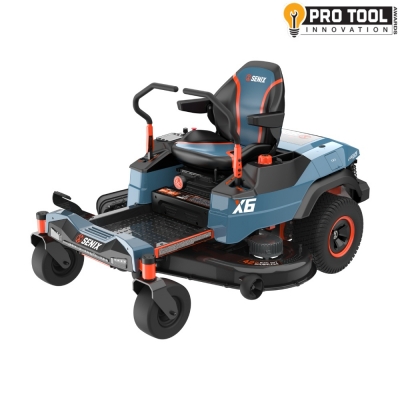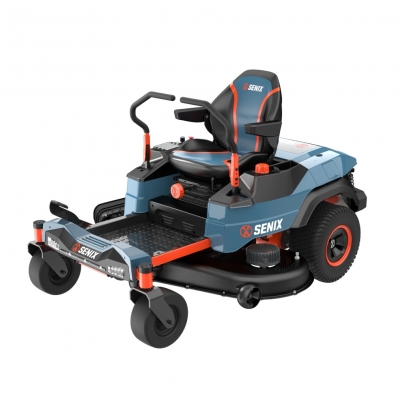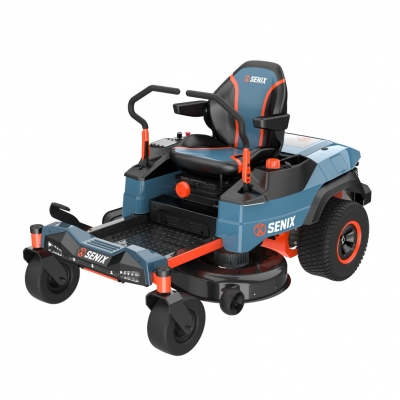The Top Power Tools for DIY Furniture Installation: A Beginner-Friendly Guide
There's nothing quite like the satisfaction of saying, “Yep, I built that.” Whether it's assembling a bookshelf, installing a dining table, or giving flat-pack furniture an upgrade, having the right power tools on hand can make the difference between smooth sailing and a weekend full of frustration.
If you're new to DIY furniture installation, don't worry—you don't need to own a full construction workshop. With just a handful of essential power tools (and knowing when to use them), you can tackle almost any project with confidence. Let's break down the top tools, their must-know features, and where they fit into real-world furniture installation scenarios.
1. Power Drill – The Unsung Hero of Furniture Installation
If there's one tool every DIYer should own, it's a cordless power drill. This is the workhorse for everything from driving screws into chair legs to drilling pilot holes for mounting hardware.
When to use it:
Assembling flat-pack furniture (bye-bye, tiny Allen wrench!).
Pre-drilling holes to prevent wood from splitting when installing screws.
Attaching drawer handles, hinges, and brackets.
Pro tip: Get a drill with adjustable torque settings. This prevents you from overtightening screws—a common rookie mistake that can strip threads or crack delicate wood. A compact 12V drill works for most indoor furniture projects, while an 18V or 20V model gives extra power for hardwoods.
2. Impact Driver – For When Screws Fight Back
At first glance, an impact driver looks a lot like a power drill. The difference? It's designed to drive screws with serious force, making it a lifesaver when working with long or stubborn fasteners.
When to use it:
Driving lag screws when assembling heavy furniture like bed frames.
Working with hardwood where a standard drill struggles.
Installing wall mounts for shelves or cabinetry.
Scenario example: Imagine putting together a thick pine dining table. A power drill might bog down halfway into the wood. An impact driver, on the other hand, powers through without breaking a sweat. If you plan on tackling big builds, this tool earns its keep.
3. Jigsaw – The Go-To for Custom Cuts
Sometimes furniture doesn't fit perfectly right out of the box. Enter the jigsaw, a versatile saw that lets you cut curves, trim panels, or make notches to accommodate hardware.
When to use it:
Cutting openings in the back of TV stands for cables.
Adjusting shelves that are just a little too wide.
Creating decorative cutouts in DIY furniture projects.
Pro tip: Use the right blade for the material—fine-tooth blades for plywood, coarse-tooth blades for thicker lumber. And always clamp your workpiece down before cutting for precision and safety.
4. Orbital Sander – The Finishing Touch
Nothing ruins a beautiful piece of furniture faster than rough edges or uneven surfaces. An orbital sander smooths wood quickly and evenly, helping you achieve that polished, professional look.
When to use it:
Prepping raw wood for painting or staining.
Rounding off sharp edges on DIY benches or tables.
Refinishing old furniture before reassembly.
Scenario example: You've just built a coffee table from scratch. Before applying a coat of stain, running an orbital sander over the top ensures a silky-smooth finish that not only looks good but feels great to the touch.
5. Circular Saw – Straight Cuts Made Simple
For larger furniture projects, you'll need a way to make straight, clean cuts. A circular saw is a powerhouse for trimming boards, cutting plywood, or resizing pieces to fit your project.
When to use it:
Cutting down lumber for custom furniture frames.
Sizing up plywood panels for a DIY wardrobe.
Trimming tabletops or bench seats to exact dimensions.
Pro tip: Pair your circular saw with a guide rail or straight edge for perfectly straight cuts. Even beginners can achieve pro-level precision this way.
6. Oscillating Multi-Tool – The Swiss Army Knife of DIY
Last but not least, the oscillating multi-tool deserves a spot in your toolbox. It may not be the first tool you think of, but it's one of the most versatile.
When to use it:
Trimming door frames when installing built-in furniture.
Sanding tight corners that a sander can't reach.
Cutting flush against walls for a snug furniture fit.
Scenario example: You're installing a custom wardrobe, but the baseboard gets in the way. A multi-tool with a flush-cut blade makes quick work of the trim, letting your furniture slide into place perfectly.
Bringing It All Together
You don't need to buy every power tool under the sun to get started with furniture installation. Here's a starter pack that covers 90% of DIY scenarios:
Cordless power drill (for everyday assembly)
Impact driver (for tough screws and hardwoods)
Jigsaw (for curved or custom cuts)
Orbital sander (for smooth finishing)
As your projects grow, consider adding a circular saw and oscillating multi-tool to expand your capabilities.
Final Thoughts
DIY furniture installation is all about confidence—and the right tools give you just that. With these power tools in your arsenal, you can go beyond flat-pack instructions and actually customize, refine, and perfect your furniture. Instead of wrestling with a stripped screw or uneven edge, you'll enjoy the process and end up with furniture that looks and feels solid.
So, the next time a box of “some assembly required” furniture shows up at your door, you won't dread it. You'll grab your tools, roll up your sleeves, and enjoy turning those pieces into something you'll proudly say you built yourself.



 (5.0)
(5.0)
